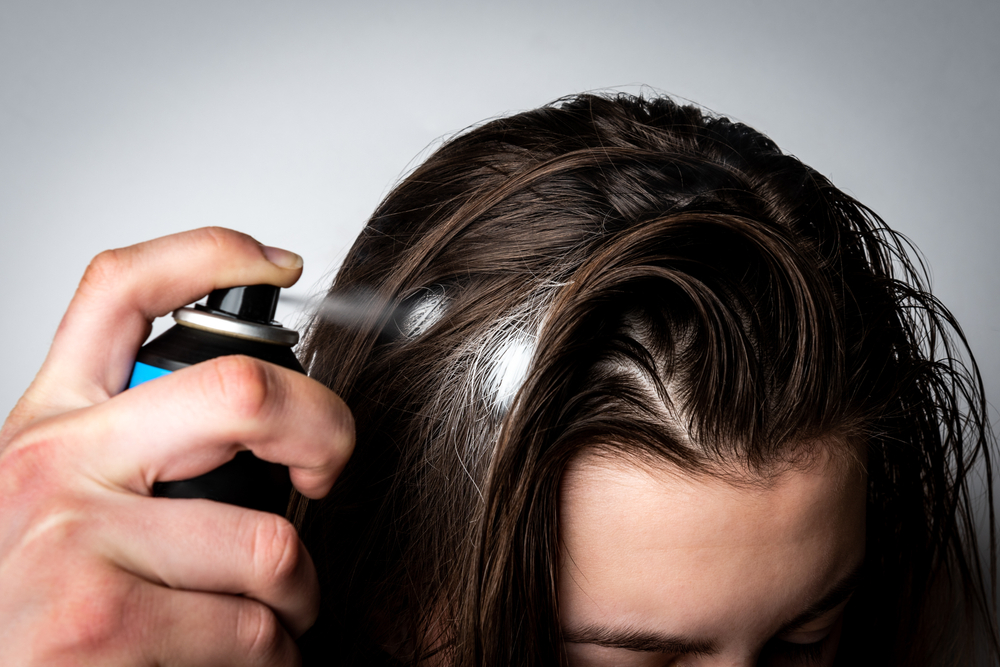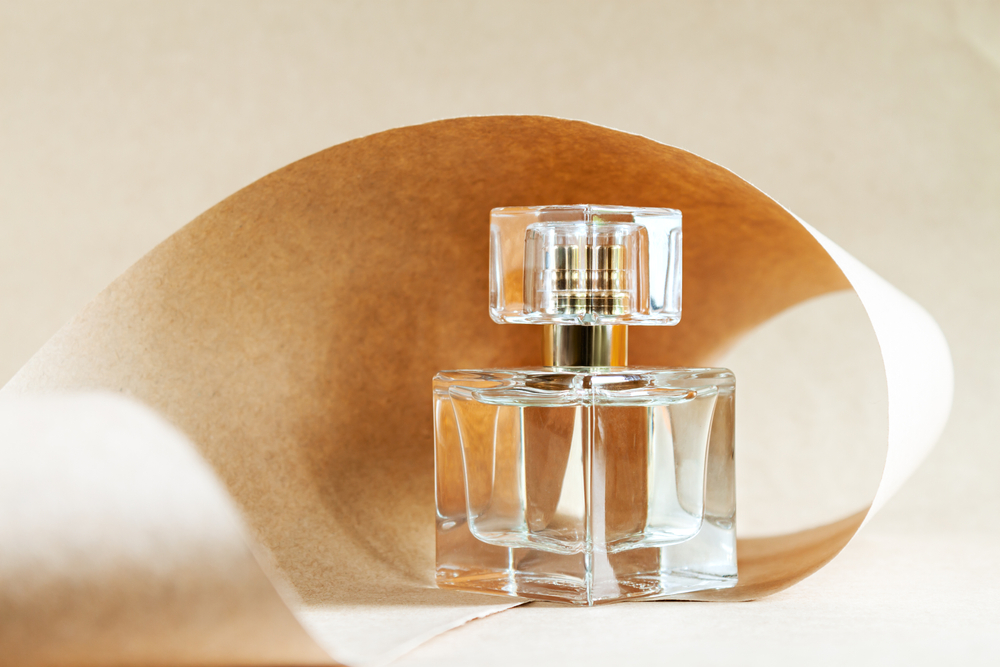Regulatory Activity
CARB started their work on this rulemaking in April of 2019. Initially, they were looking at many categories for regulation in order to meet their State Implementation Plan which requires them to reduce VOC emissions in California by eight to ten tons per day by 2031. In November of 2019, CARB selected six categories to pursue future regulatory limits in addition to moving to remove the exemption for 2% fragrance. Of these six categories, three are personal care products including Hair Finishing Spray, No Rinse Shampoo, and Personal Fragrance products (20% or Less Fragrance). Over half of the proposed reductions in VOC emissions is targeted to come from these three personal care categories.
CARB has not stated any changes to how they plan on implementing these new standards so sale through periods should remain the same as in the past which has been one year from the implementation dates. All proposed dates by CARB start on January 1st of the year mentioned.

Hair Finishing Spray
This category is currently regulated at 55% VOC. In November of 2019, CARB has proposed lowering that limit to 50% in 2023 and 45% in 2027. The general industry position appears to be that a 50% VOC limit is achievable but we currently do not see a feasible path to 45% due to solubility issues with the resins. There are indications that CARB is starting to lean towards 50% as a reasonable target.
During the March 10 industry workshop, CARB introduced a new concept for the hair care products category. They proposed updated definitions for Hair Shine, Temporary Hair Color products, and Hair Styling products. CARB also proposed linking all of the hair care products to a common VOC percentage standard. This would apply to all products except Hair Styling products which are already at 6% VOC. This proposal to include the other hair care products is being driven by the confusing claims that occur on hair care products and how many products make claims that cross between the categories. CARB wants to simplify the regulations to just one standard. Based on this proposal, Hair Shine and Temporary Hair Color products would follow with 50% and 45% standards.
The industry response for these personal care categories is being managed by the Personal Care Products Council. PCPC has throughout this regulatory process struggled to get an industry consensus in regards to what CARB has proposed. By the middle of March, PCPC was finally able to get a consensus around a potential limit of 53%. This level is the same as the current sales weighted average for the category so CARB may look at this limit as providing no real meaningful reductions.

Industry has proposed to CARB to have a technological review after the 2023 limit has been implemented, but CARB does not want to agree to a technological review because they need binding commitments today for the future reductions they are required to achieve.
In April, CARB held an online public workshop and reviewed their current proposal. They are still proposing limits of 50% and 45%, but they did push out the 45% limit to 2029 to give industry an additional two years to comply. After the April meeting, CARB was asked to provide additional information on the complying market share that currently meets the 45% VOC limit. It was found that most of these products were finger pump products and not aerosols. The aerosol portion of the complying market share was only 1.2% of the market which is very small. It is believed that this 1.2% of market share consists of products only offering low levels of hold and have much lower levels of resin in their formulations. This new information is being used by PCPC and industry to continue to push back on CARB for levels below 50% VOC.
Dry Shampoo
This category is a new category to CARB and has not been previously regulated. Most products in this category are very high VOC currently with a sales weighted average of 81.2%. CARB has proposed in the November meeting to regulate this category at 50% in 2023 and then 45% in 2027. These products primarily consist of ethanol, hydrocarbon propellant, and other additives. There are some products currently that use 152a as propellant and have a lower VOC level.
On February 27, Church & Dwight, which is a market leader in this category, shared with CARB that they would support a 55% VOC limit for this category. The letter can be found here: https://ww2.arb.ca.gov/our-work/programs/consumer-products-program/meetings-workshops/consumer-products-workshop-comments
Historically when CARB has a market leader saying that they can agree with a particular limit, there is very little to nothing that one can do to change CARB’s thinking since they have to show both technical and commercial feasibility. By the definition of being a market leader, they have products that sell well and deliver results to the consumer so there are limited options in what could be proposed to combat this Church & Dwight position.

In the April workshop, CARB agreed to a 55% limit for 2023 which is in line with Church & Dwight’s public position, but CARB held to a further 45% limit in 2029 for this category.
For this category, we should be preparing for large cost increases as we go into the future due to the low cost hydrocarbon propellant will have to be replaced with 152a. This will also make the products wetter or slower to dry in performance.
Personal Fragrance Products
These products consist of body sprays, aftershaves, fragrance mists, and EDP/EDT. They are currently regulated at 75% VOC. CARB proposed in November to move these to 65% in 2023 and 50% in 2027. With these new limits, 5.8 tons of reduction would be achieved by 2027.
Initially, PCPC could not gain any consensus from their membership. Recently they have gained some success and have been able to move CARB to a slightly different position on this category. Industry has requested that EDP/EDT products be exempted from this regulation due to their different nature as compared to a body spray. In the March workshop, CARB gave out this additional information which shows the tons per day emitted by product type and by fragrance concentration.
As you can see, the higher fragrance percentage products are primarily dominated by the EDP/EDT products. Most of the tonnage of emissions in this category is actually coming from the Fragrance body sprays and fragrance mist products that have much lower fragrance percentages in the formulations.
As of the April workshop, CARB has broken this category into two parts. They have separated out the products with less than 10% fragrance and those with more than 10%. They are now proposing to leave the products with more than 10% fragrance at the existing 75% VOC level. For products less than 10% fragrance, they will have future limits of 68% in 2023 and 50% in 2027.

CARB has now shown their intent is to primarily place future regulations on the body sprays and fragrance mist sprays. These products will most likely need to switch from hydrocarbon propellants to 152a or increase water concentration in their formulations. There is also the potential where you may see some products below 10% fragrance increase their fragrance load to be in the higher VOC category.
Final Points
There are two other issues in this current rulemaking. First is the 2% fragrance exemption. CARB has proposed the elimination of the 2% fragrance exemption for nearly all of the categories that are regulated. If the exemption is eliminated, the VOC portion of any fragrance would need to be counted towards the total VOC concentration of the product. Industry is currently pushing CARB to only reduce the exemption level versus a complete phase out. Getting rid of the exemption entirely will create a great deal of work for industry where potentially every fragrance will need VOC speciation and many formulations may need to be tweaked to maintain their compliance.
The second issue is the potential use of reactivity as a compliance strategy. CARB originally stated they would share aggregate information with industry from the product surveys so that we could determine if reactivity was a viable option for future regulations. As a reminder, ethanol is one of the more reactive materials used in personal care products and substituting it with lower reactive VOCs may be a viable alternative to simply reducing the amount of VOCs completely. CARB stated in the March 10th workshop that they were no longer going to provide industry this information which was new news at that time. After that revelation, industry has started a letter writing campaign to CARB in disagreement with this position. You can see the letters that have been submitted to CARB at the link provided above.

